If Steroids are so Good, Why do you Need Them in Stronger Potencies?
Disclaimer: With all medications there are potential side effects. Depending on what you are treating you must weigh up the benefits against those potential side effects.
There is a phobia against topical steroid use in today’s society for a reason. Thanks to non-for-profit organizations, social media, and forums, the public have more access, knowledge and a better understanding of what the potential side effects from medications can be.
Topical steroids were introduced 70 years ago to treat skin conditions like atopic dermatitis and psoriasis. But the world is a very different place today. There are safer options.
However, medical journals and dermatologists are on a mission to intervene using words like ‘misinformation’, ‘propaganda’ or ‘conspiracy theory’ against the growing phenomenon that is TSW (Topical Steroid Withdrawal). They claim everyone has Steroid Phobia.

And you have got to ask yourself why?
Why are they not helping us get to the root cause of our skin conditions as opposed to slapping on a quick fix which may result in your skin needing that medication ongoing?
Let us use eczema sufferers for an example.
Google: “is there a permanent cure for eczema?”
And the answer is no, there is not a permanent cure for eczema. It is an ongoing skin condition that will flare-up on and off throughout one’s life.
So, with that in mind are the risks of prolonged use of topical steroids worth it if that is what is recommended by dermatologists to “manage” a lifelong skin condition like eczema? Or have them prescribe you a stronger potency steroid to treat your flare-ups because your skin's gotten used to what you have been using?
As quoted by the non-for-profit National Eczema Society in the UK "topical steroids are used to treat or prevent flare-ups, but are NOT a cure for eczema. Occasionally people can become allergic to the cream. Using large amounts of topical steroids can thin the skin and the steroid may be absorbed into the bloodstream. Babies and children can be treated with topical steroids, but their delicate skin is more likely to absorb steroid and therefore only milder topical steroids should be used. If enough is absorbed, it acts like a steroid medicine taken orally as a tablet or by injection: it can suppress the body’s natural production of corticosteroid causing health problems. Prolonged use of strong topical steroids can result in TSW (topical steroid withdrawal)".
@ampernaskin Topical Steroid Withdrawal is a major issue people suffer through after prolonged use of topical steroids but is not often spoken about enough! We are using our platform to help spread awareness of topical steroid withdrawal. #tsw #tswwarrior #topicalsteroidwithdrawal #topicalsteroidaddiction #topicalsteroidwithdrawals #topicalsteroidwithdrawluk #topicalsteroidwithdrawalsolution ♬ original sound - Amperna® Skincare
So, the big question is, if there are safer alternatives to help soothe eczema flare-ups, especially in children, would you rather use those as opposed to steroids that may cause you serious health problems down the track?
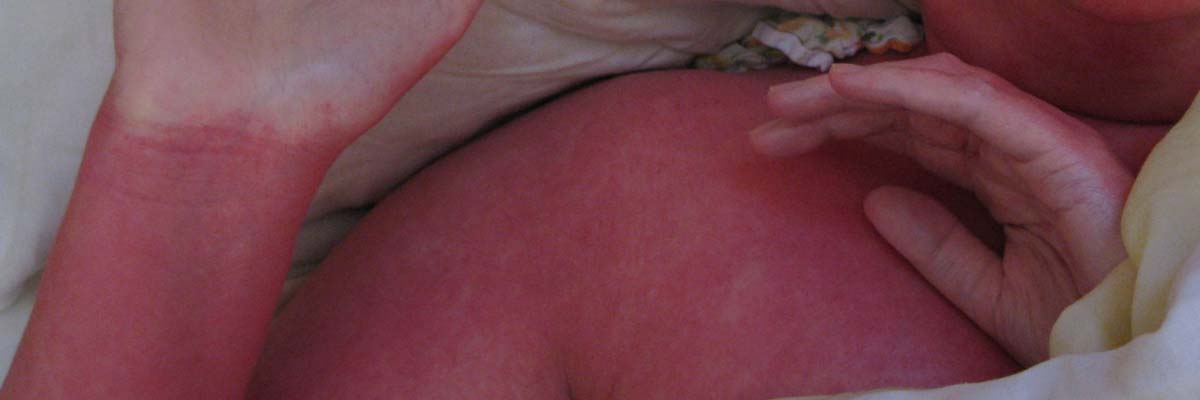
However, this article by Oxford Academy quotes the following: "Topical steroid withdrawal’, ‘red skin syndrome’ or ‘TCS addiction’ is a particularly prevalent MYTH currently being propagated on social media, with most social media content suggesting that eczema is due to a ‘leaky gut’ or food intolerance and not to skin inflammation".
It adds "The risks of potential adverse effects such as skin thinning, and stunted growth/development are often exaggerated. Multiple websites promoting misinformation were frequently endorsed by companies advertising consultations or testing to identify ‘underlying causes’, or ‘natural’ products as alternative treatments".

Image from the Oxford Academy article
I spoke to Jordan Hendey (who is pictured above in the Oxford Academy Article labelled 'misinformation’) about his experience with topical steroids and his current journey of TSW (topical steroid withdrawal).
You can watch the video here:
The National Eczema Society explains TSW (Topical Steroid Withdrawal):
"After stopping Topical steroids other problems may develop. Often the original condition comes back worse than how it began when the treatment stops, referred to by patients as ‘topical steroid withdrawal’, ‘red skin syndrome’ or ‘topical steroid addiction’. These are severe reactions that can occur when moderate - high-potency topical steroids are stopped after prolonged use, usually more than a year and usually to treat eczema. They suffer red or darker burning skin, often in areas where they never had eczema before. They can feel tired and weak and may even be bed-bound. The condition can continue for months or years. Prolonged use of potent and very potent topical steroids may even suppress the body’s own normal steroid production. This is called hypoadrenalism and causes severe weakness and low blood pressure. It says, “Dermatologists would call this erythroderma or erythrodermic eczema.”

Symptoms of topical steroid withdrawal:
- Skin feels warm to the touch.
- Itch is usually troublesome and is sometimes intolerable. Rubbing and scratching leads to lichenification.
- Eyelid swelling may result in ectropion.
- Scaling begins 2-6 days after the onset of erythema, as fine flakes, or large sheets.
- Thick scaling may develop on the scalp with varying degrees of hair loss including complete baldness.
- Palms and soles may develop yellowish, diffuse keratoderma.
- Nails become dull, ridged, and thickened or develop onycholysis and may shed (onychomadesis).
- Lymph nodes become swollen."
You can read the article by DermNet here: Erythroderma | DermNet (dermnetnz.org)
Another article available on DermNet explains the following on TSW (Topical Steroid Withdrawal): "One of the difficulties is determining whether the skin reaction observed is due to the stopping of topical corticosteroids or is simply a worsening of the underlying skin disease for which the topical steroids had been prescribed".
Topical corticosteroid withdrawal | DermNet (dermnetnz.org)
So, our question to the medical world and dermatologists is why start patients on topical steroids to begin with if they are not recommended for prolonged use and there is a potential risk your skin my become addicted and need stronger potency or stronger form of steroid?
Why are we gaslighting real life patients like Jordan Hendey (above) and suggesting that their TSW symptoms are propaganda?
The UK Government has recognised #TSW and regulations are implemented to include warning labels within the packaging for all steroids both prescribed and over the counter.
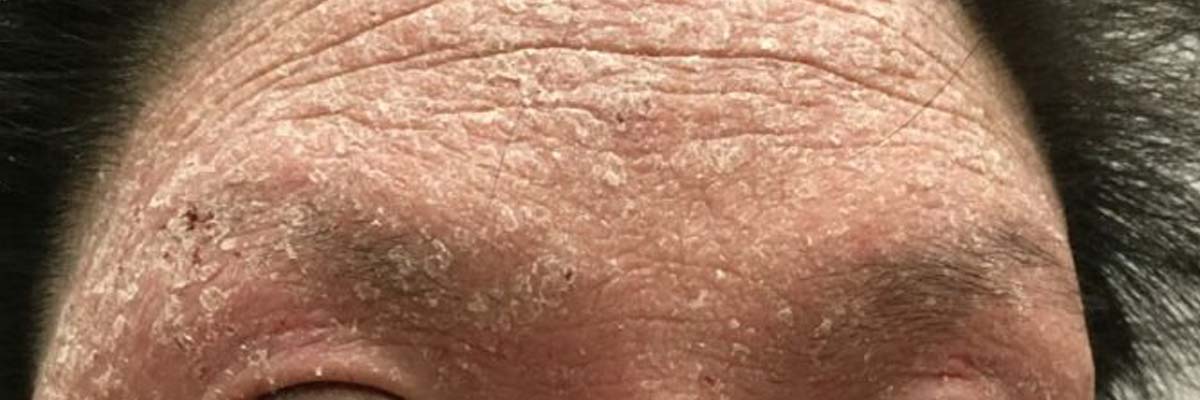
Below is an example of these warning labels inside the packaging:
Mometasone Furoate is a prescribed steroid
4. POSSIBLE SIDE EFFECTS
Like all medicines, this medicine can cause side effects, although not everybody gets them.
If any of the side effects gets serious, or if you notice any side effects not listed in this leaflet, please tell your doctor or pharmacist.
A few people may find that they suffer from some of the following side effects after using Mometasone Furoate 0.1% w/w Ointment:
- allergic skin reactions
- bacterial and secondary skin infections
- acne
- inflammation and/or infection of the hair follicles
- thinning of the skin
- red marks with associated prickly heat
- loss of skin colour
- burning, stinging, itching, tingling
- excessive hair growth
- softening of the skin and stretch marks
- blurred vision
- Steroid withdrawal reactio
https://www.medicines.org.uk/emc/files/pil.9994.pdf
Thanks to TSW advocacy groups like ITSAN ITSAN – Support for a global community living with Eczema and TSWS who advocate, educate, support and spread awareness about topical steroid withdrawal, this is the change that is needed for the health and wellbeing of people suffering from skin conditions.
OTC Topical Steroids
There are two types of topical steroid that can be bought over the counter from a pharmacy without a prescription: 1% hydrocortisone cream, a mildly potent topical steroid, and Eumovate (clobetasone butyrate 0.05%), a moderately potent topical steroid cream.
Topical steroid potencies
The potency of a topical steroid depends on:
- The specific molecule
- The amount that reaches the target cell
- Absorption through the skin (0.25%–3%)
- Formulation

Here is a breakdown of the different topical steroid potencies:
Class 1: Super potent
These are the strongest topical steroids and used to treat severe skin conditions. Examples include, clobetasol propionate, betamethasone dipropionate and halobetasol propionate. They should be used for a brief period of time and in small amounts due to their high risk of side effects.
Class 2: Potent
Luocinonide, mometasone furoate and betamethasone valerate are examples of strong steroids which should only be used for a short period of time and in small amounts.
Class 3: Upper Mid-Strength
These are less potent than class 1 and 2 steroids, examples include triamcinolone acetonide and betamethasone dipropionate.
Class 4: Mid-Strength
Fluticasone propionate, mometasone and betamethasone valerate are less potent than class 3 steroids and are said to be able to be used for longer periods and in larger amounts.
Class 5: Lower Mid-Strength
These are less potent than class 4 steroids, examples include hydrocortisone valerate and fluocinolone acetonide.
Class 6: Mild
Hydrocortisone and desonide, these are the mildest topical steroids and are stated to be safe to use for extended periods of time and in larger amounts. They are usually used for mild skin conditions and for sensitive areas.
NOTE: Inhaled steroids are even stronger than topical steroids. Systemic steroids (oral) are x4 – x5 times stronger than topical form and come with higher side effect risks.
If you need more information on inhaled or oral steroids you can email Kiri at info@amperna.com
Topical Steroid Percentage strengths
Here is a list of topical steroids and their percentage strengths:
- Hydrocortisone: 0.5% - 2.5%
- Triamcinolone acetonide: 0.025% - 0.5%
- Betamethasone dipropionate: 0.05% - 0.25%
- Clobetasol propionate: 0.05%
- Fluocinonide: 0.05%
- Desonide: 0.05%
- Mometasone furoate: 0.1%
- Halcinonide: 0.1%
Topical Steroid Table

Hydrocortisone Used for Fading Pigmentation
"Do not use topical steroids, such as hydrocortisone cream, on your face every day or even regularly." stated by Daniel More, MD (former writer for Verywell Health and a current Medical Review Board member) in this article attached:
https://www.verywellhealth.com/can-i-use-topical-steroid-creams-on-my-face-82820
Common topical corticosteroids for fading skin pigmentation include hydrocortisone, fluocinolone acetonide, and clobetasol propionate.
Hydroquinone, which is a bleaching agent used topically for the treatment of hyperpigmentation, is sometimes combined with topical corticosteroids in compounded skincare formulas.
Make sure you are aware of what ingredients are in your anti-pigment skincare.
Topical corticosteroids can help control inflammation associated with pigmentation disorders, however, the use of corticosteroids in compounded skincare formulas should be done under the strict supervision of a healthcare professional due to the potential side effects and risks of skin sensitivities and skin thinning.
They are not your 'long term' solution for addressing skin conditions like pigmentation.
The best and safest ingredients to help treat skin pigmentation are Vitamin C, Niacinamide, Azelaic Acid and Kojic acid.
Steroid Inhaler Withdrawal Symptoms
Steroid inhaler withdrawal symptoms can occur when corticosteroid use is suddenly reduced or stopped, especially after long-term use. Common symptoms may include fatigue, body aches, low mood, dizziness, and a return or worsening of asthma or respiratory issues. In some cases, the body needs time to adjust as natural cortisol production resumes. It's important to taper steroid inhalers gradually under medical supervision to reduce the risk of withdrawal effects and to support the body’s natural hormonal balance.
Summary
AMPERNA® advocates for more awareness and education around topical steroids and their risks. We want to help spread the word that topical steroid withdrawal is a real and debilitating side effect.
If any form of steroids prescribed by doctors and dermatologists they need to be open and transparent about these risks and side effects and give patients a thorough plan in proper use. They also need to be there to help patients wean from the prescribed steroids safely to avoid risking steroid withdrawal.
Kiri (AMPERNA founder) "I am very passionate about this topic as I was hospitalised after my experience with oral steroids. Examples of me addressing questions regarding prescribed steroids and topical steroid withdrawal are below."
@ampernaskin How to help steroid withdrawal - I started my skincare brand from my own personal struggles with my skin & health in general. If you need help feel free to email me anytime info@amperna.com 📧 #topicalsteroidwithdrawal #acne #acnetreatment #acneskin #acneremoval #acnecheck #eczema #eczematok #perioraldermatitis #skin #skincare #skincaretips #skinhelp ♬ Escapism. Sped up (Official) - RAYE & 070 Shake
@ampernaskin How to help my skin - Kiri helps her customers 1:1 with her skincare company Amperna Probiotic Skincare. If you need help with a skin concern such as Acne, Eczema, Perioral Dermatitis, Rosacea Etc you can email us at info@amperna.com #skincare #skincaretips #bestskincare #holistichealth #holistic #acne #acnehelp #bestacneproducts #acneproneskin #tsw ♬ Aesthetic - Tollan Kim
@ampernaskin Replying to @kaley.nicole thank you for your comment we are open to having these conversations surround medications if you have any questions feel free to get in touch #eczema #eczemaawareness #topicalsteroidwithdrawal #topicalsteroidaddiction #topicalsteroidawareness #eczemaflareup #eczemahealing #immunosuppressant ♬ Flowers - Miley Cyrus If you are currently using any form of steroids or experiencing steroid withdrawal you can reach out to me any time, either by email at info@amperna.com or DM the AMPERNA® Instagram page.
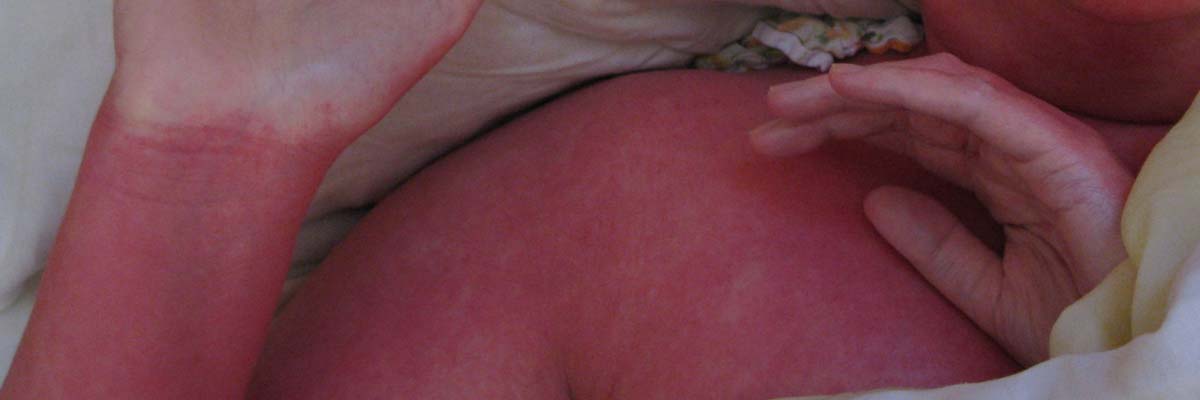

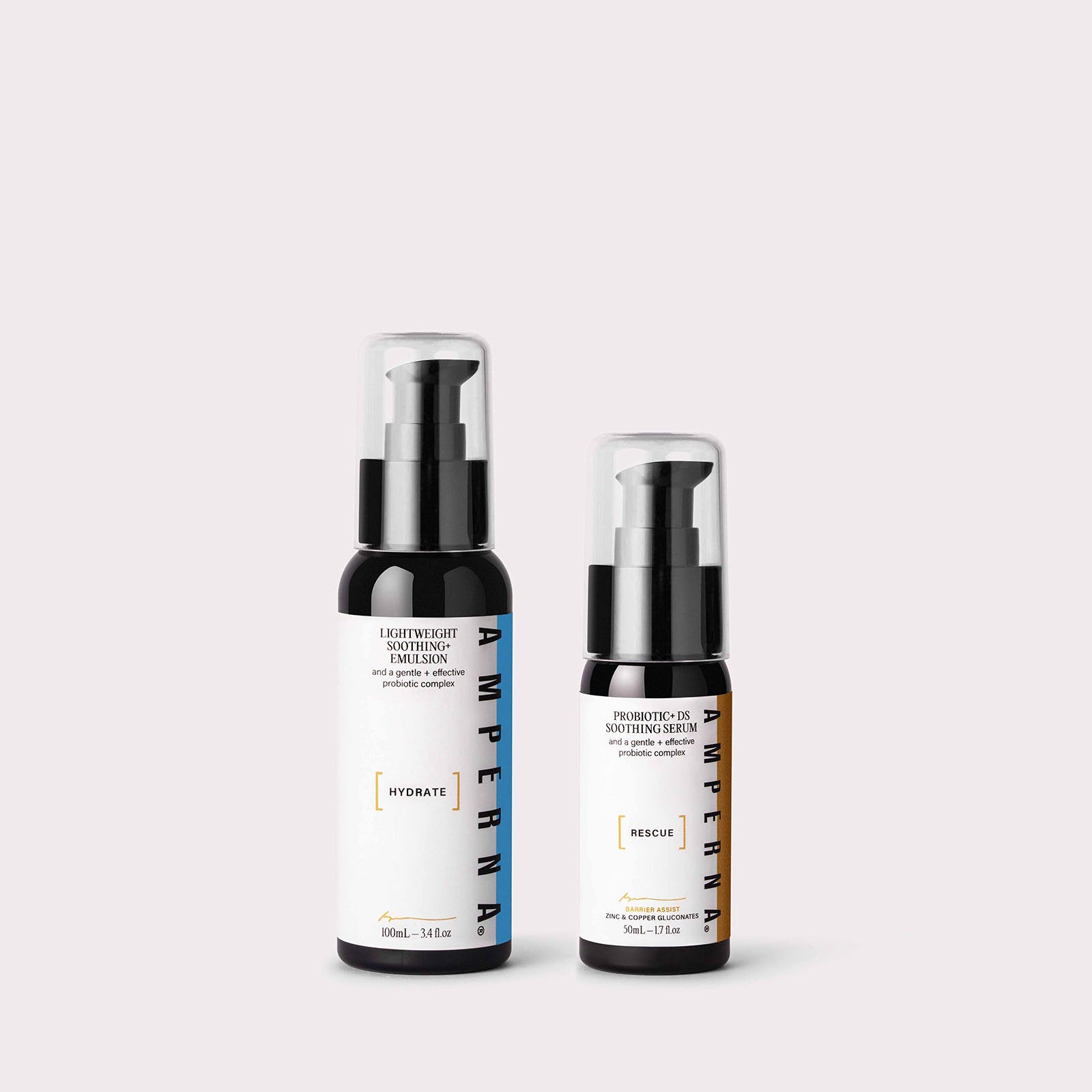
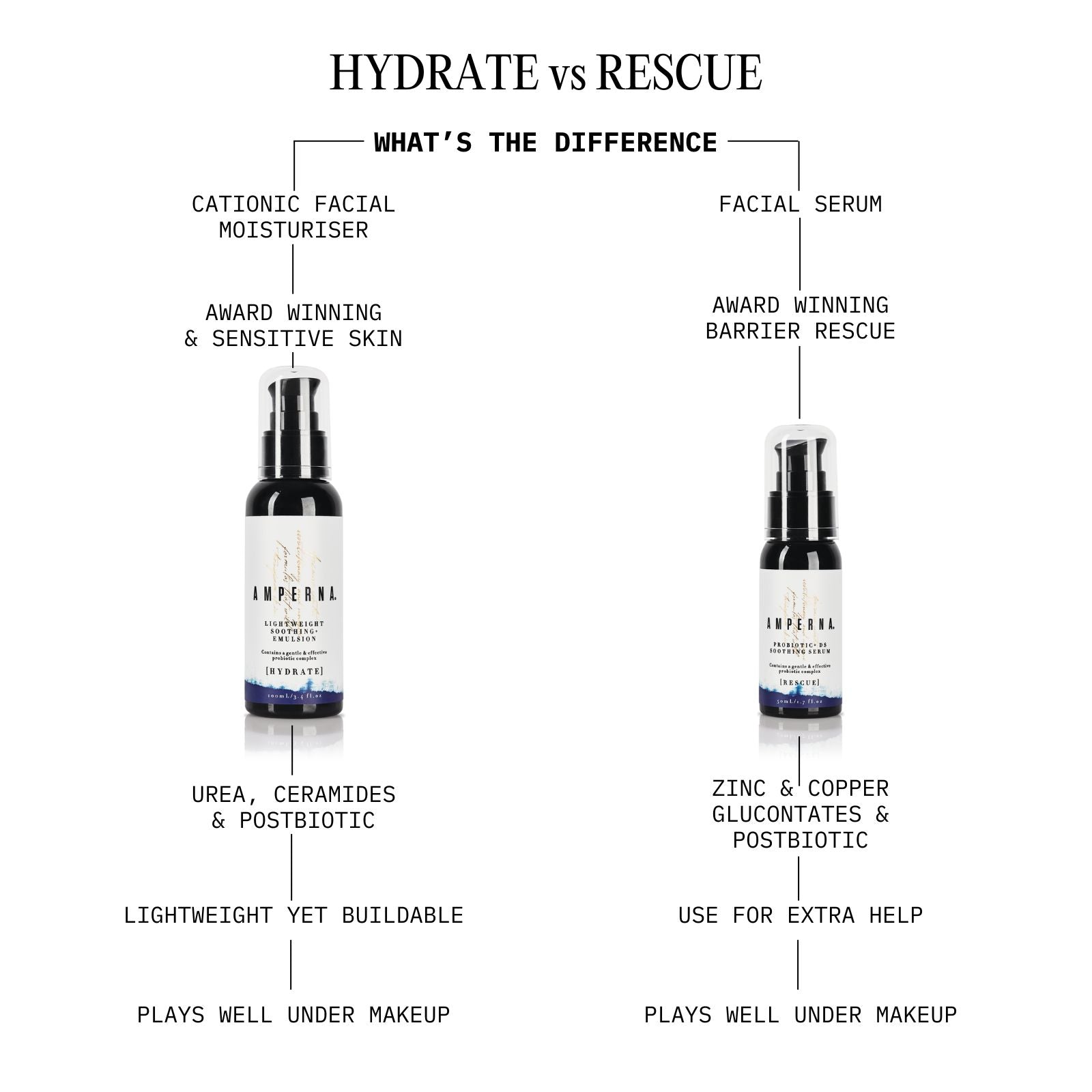
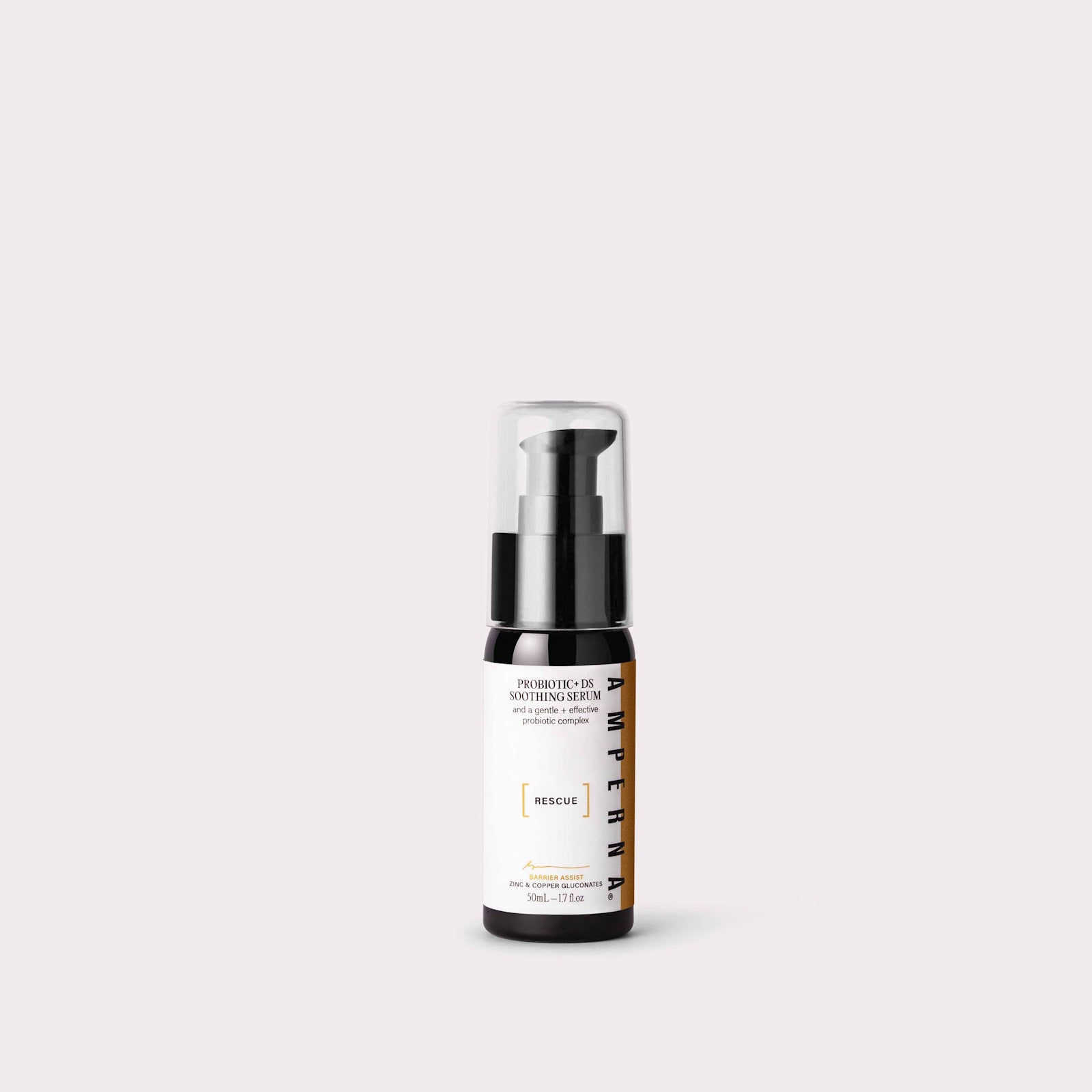
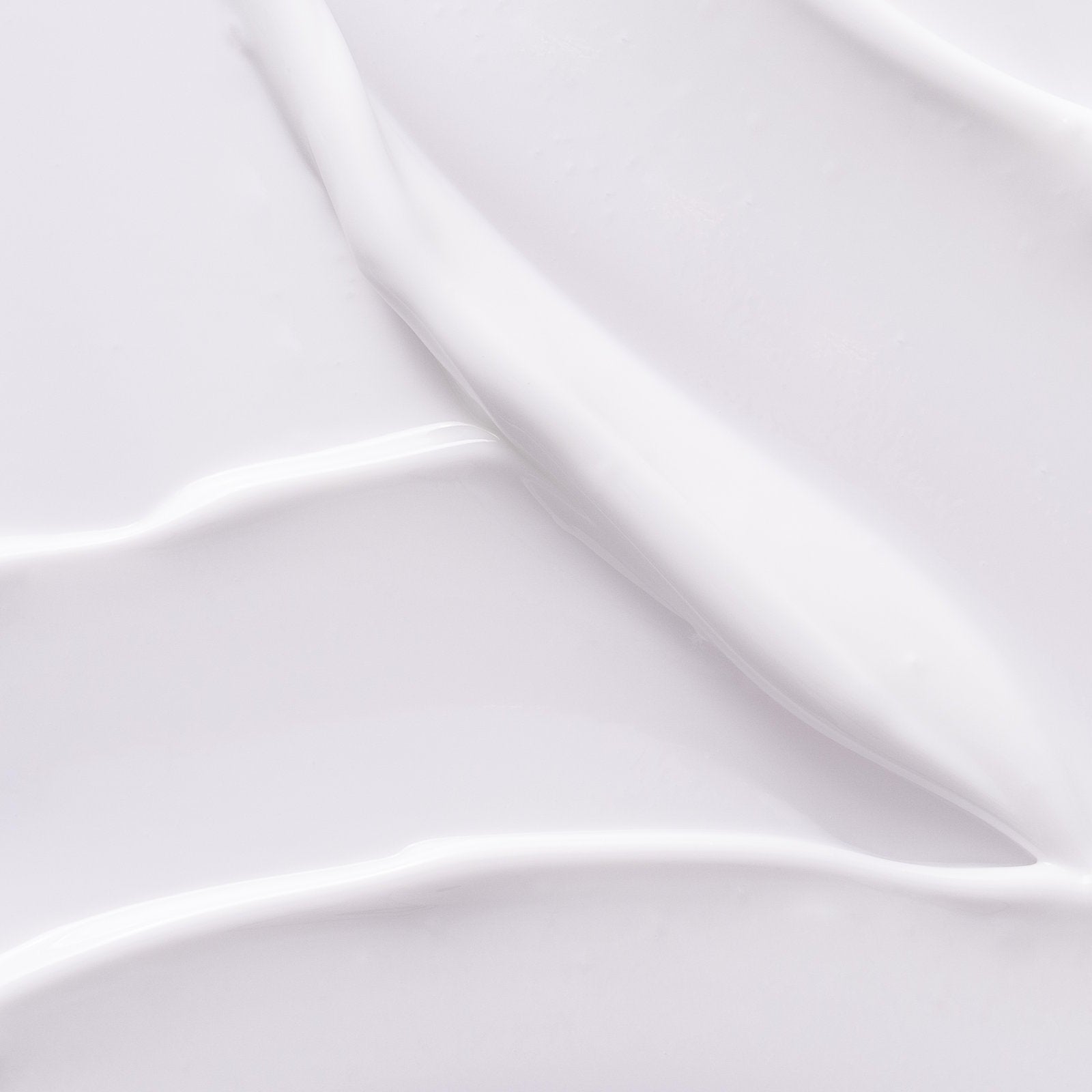


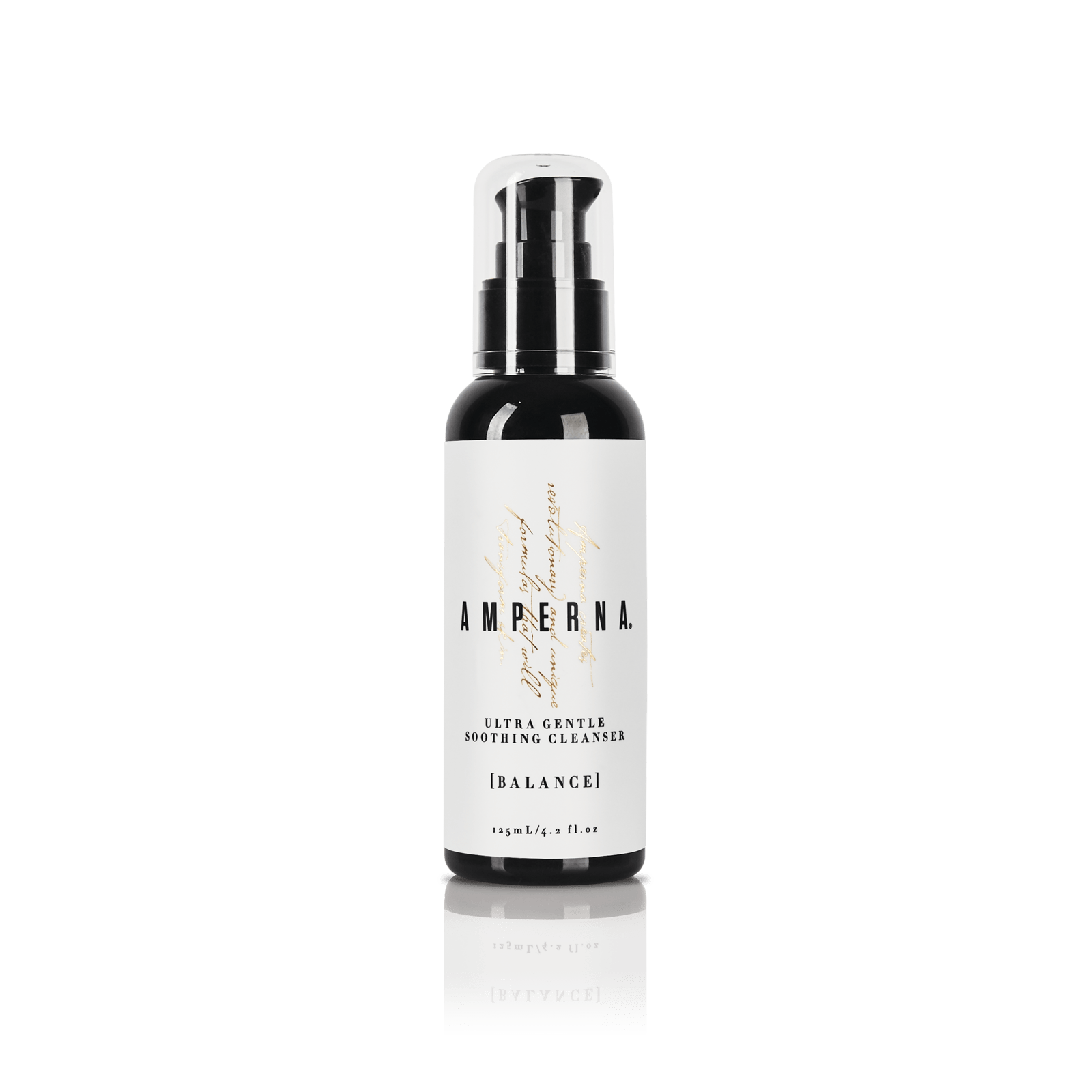
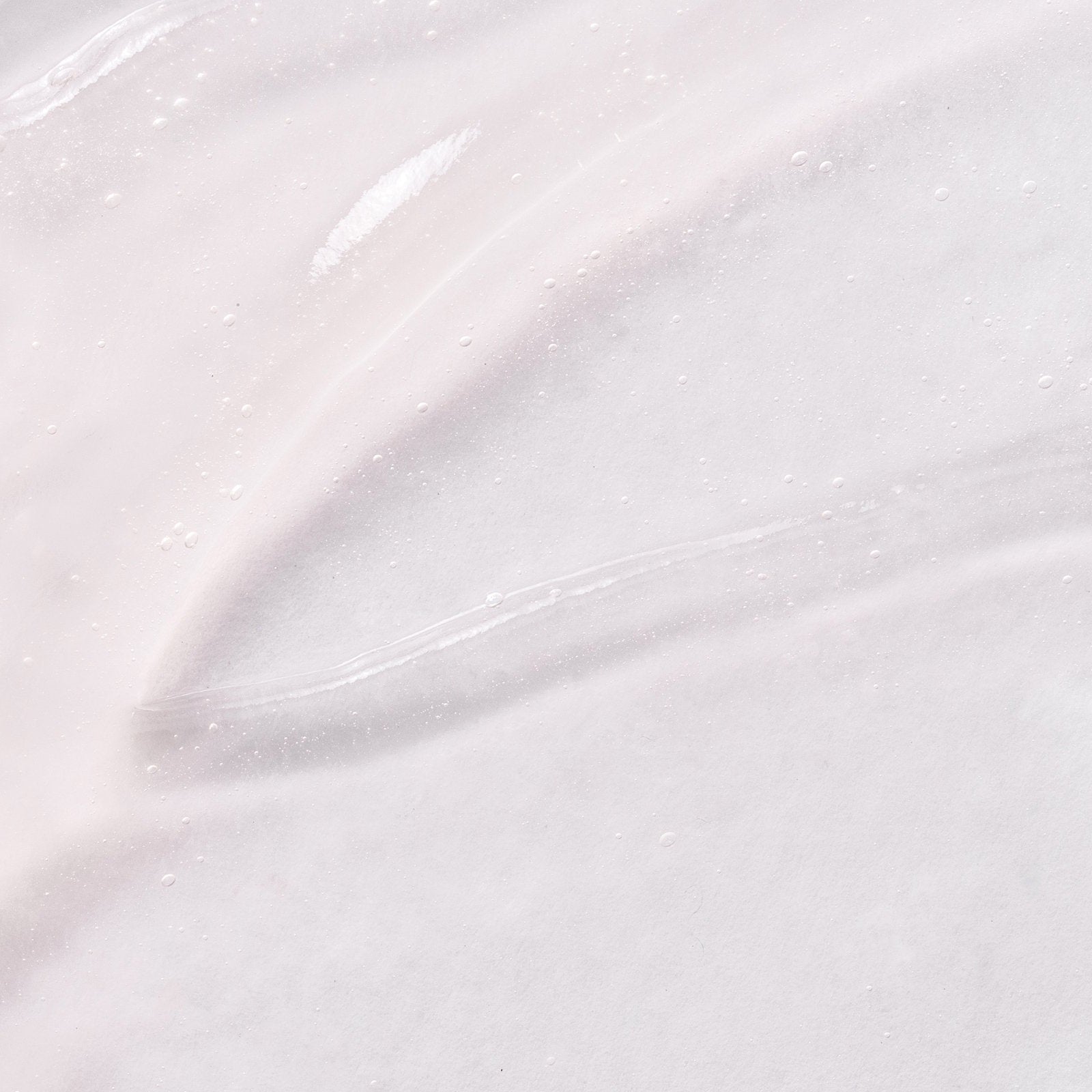
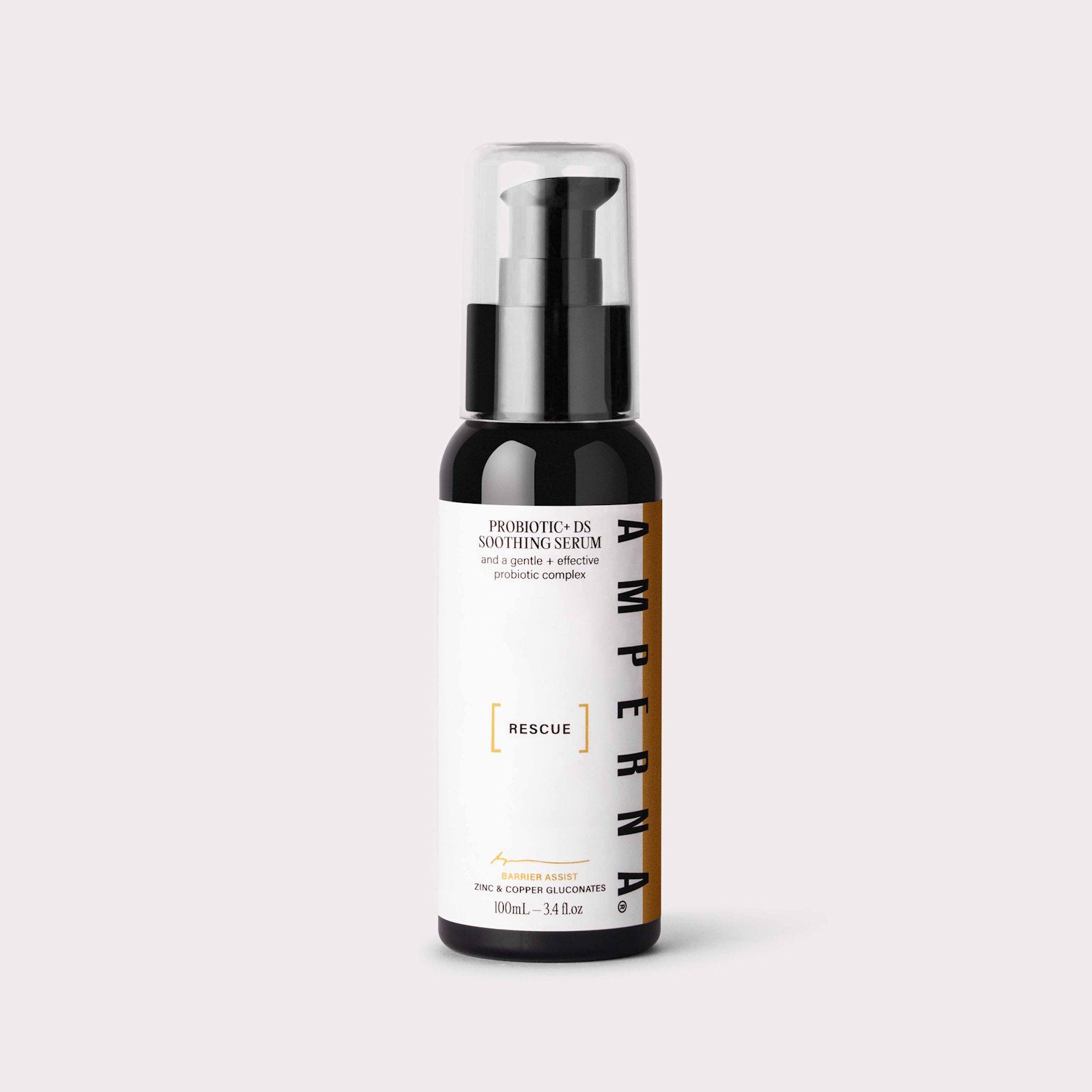
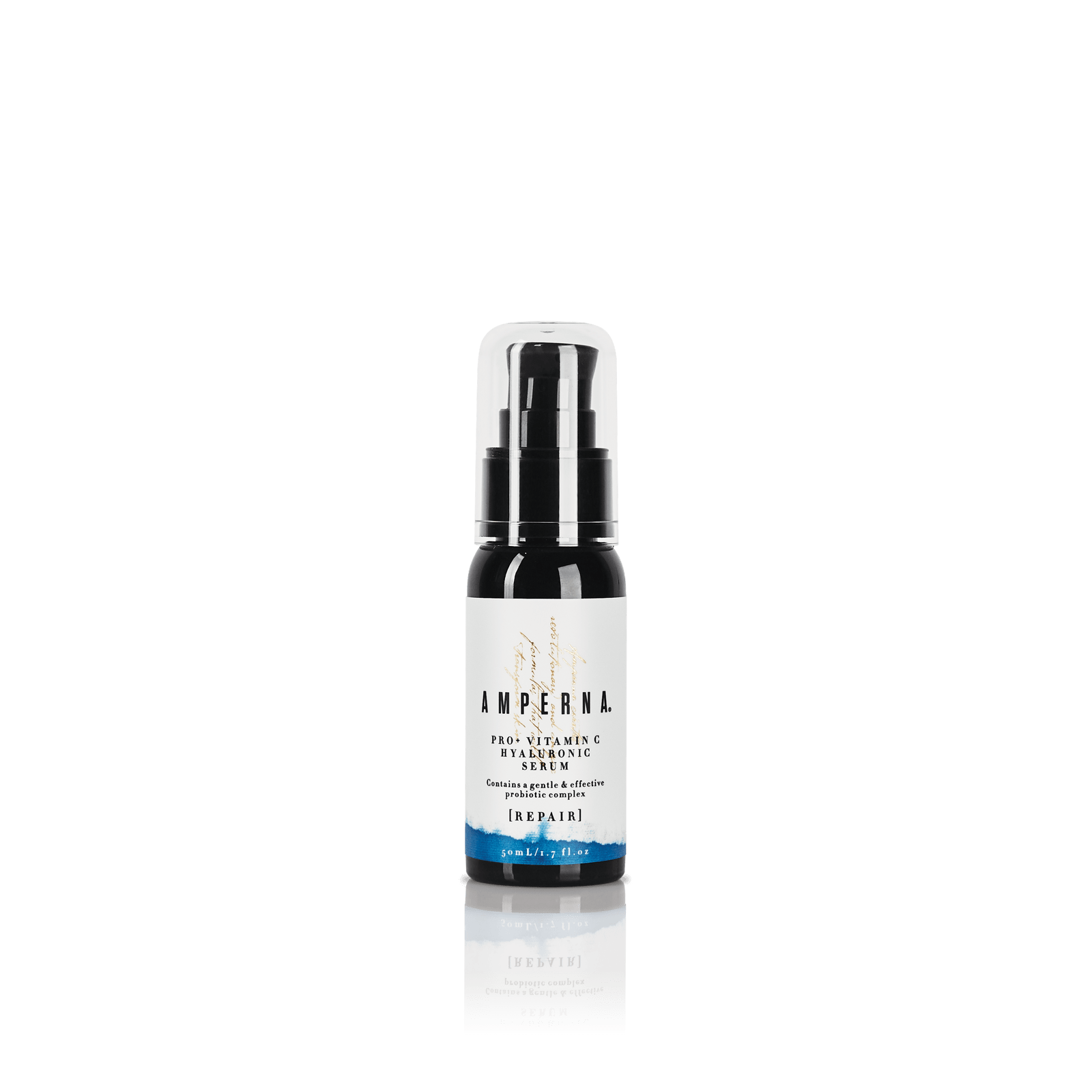
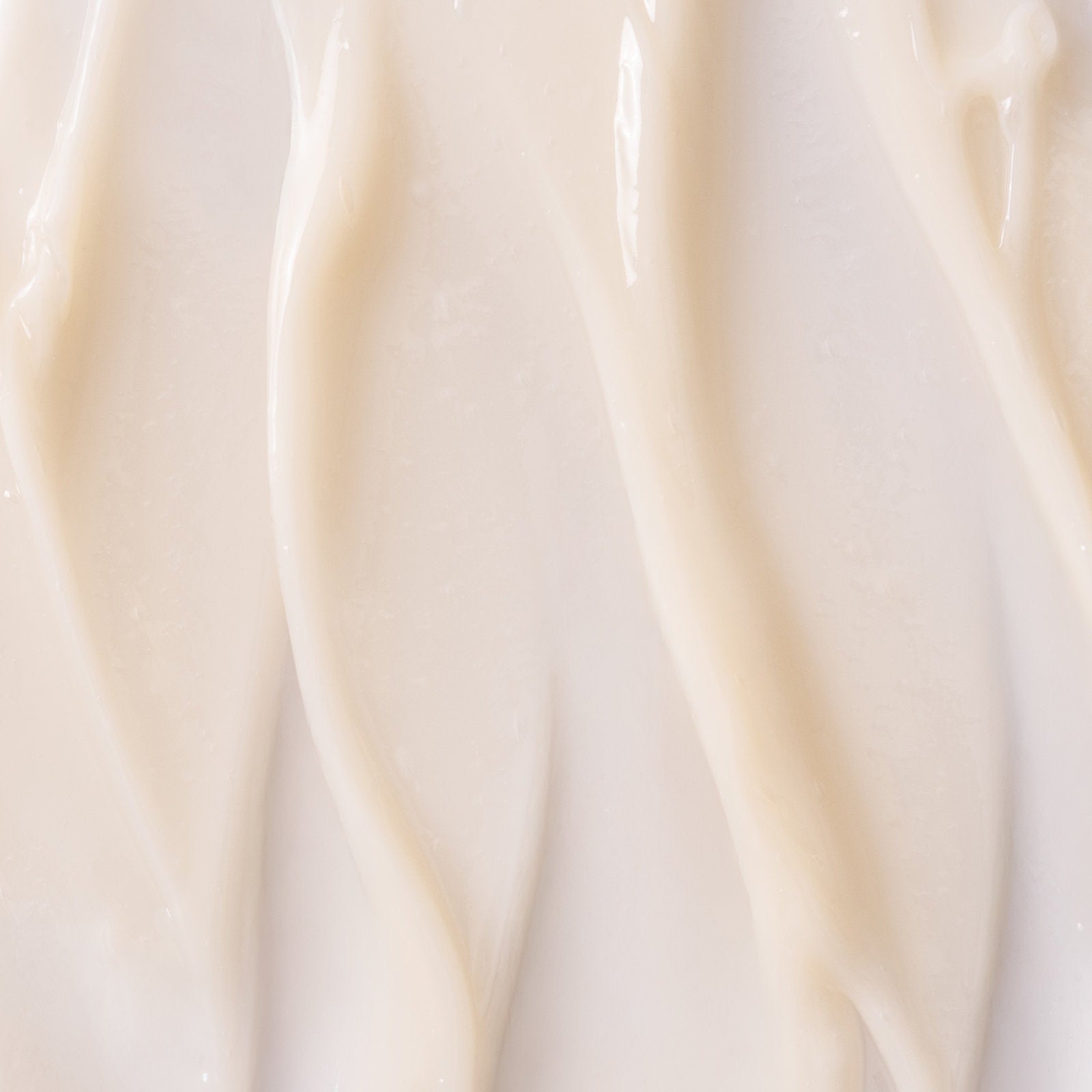
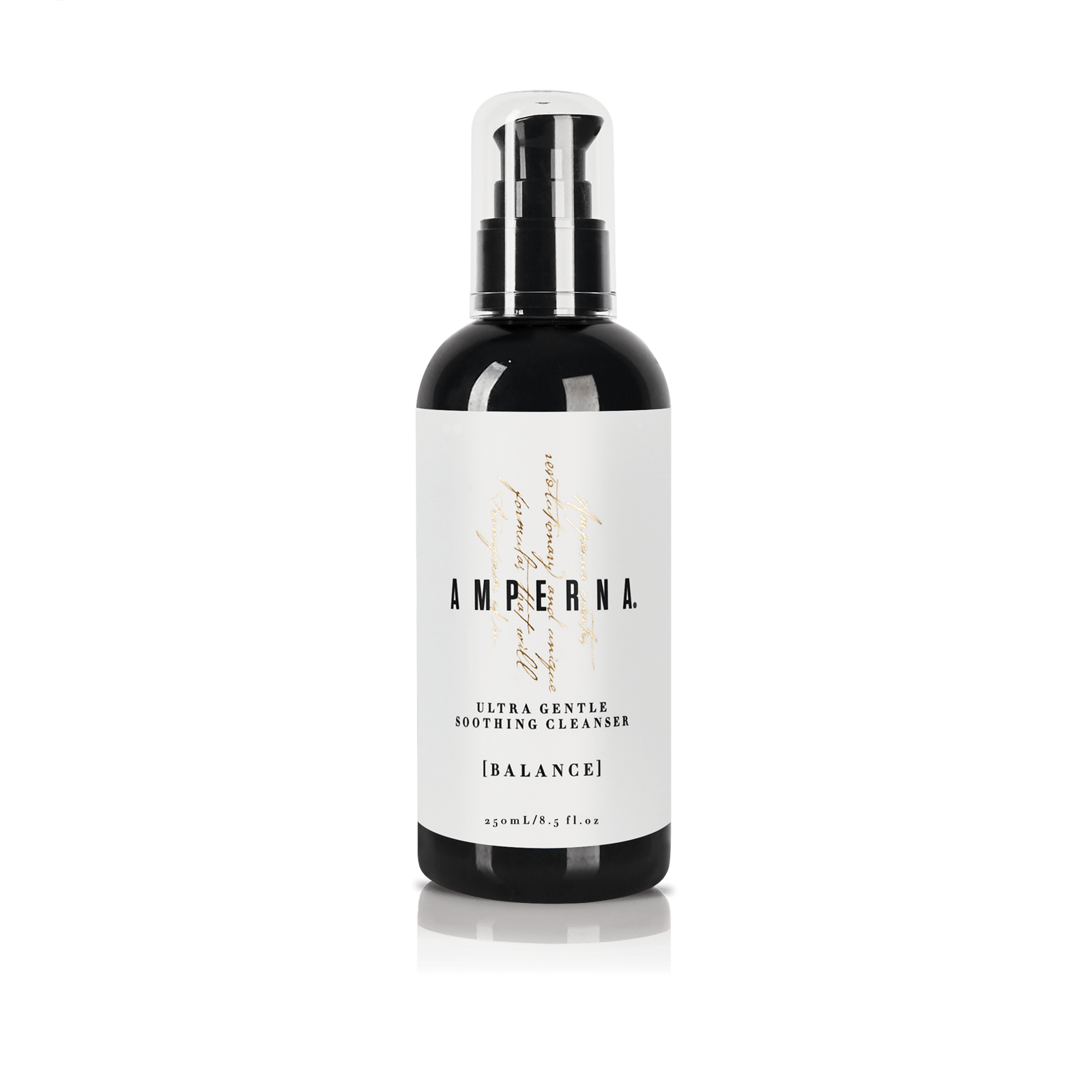
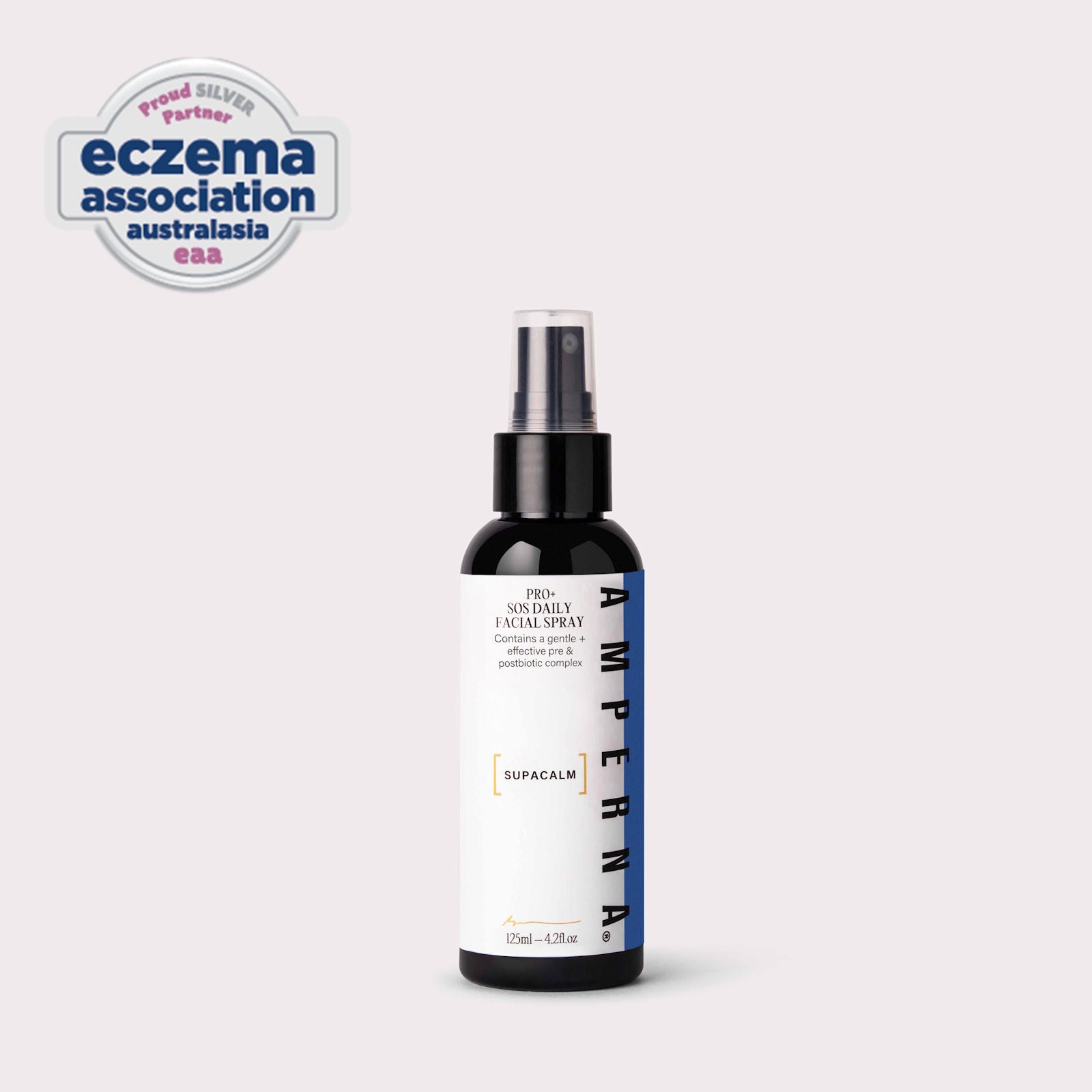
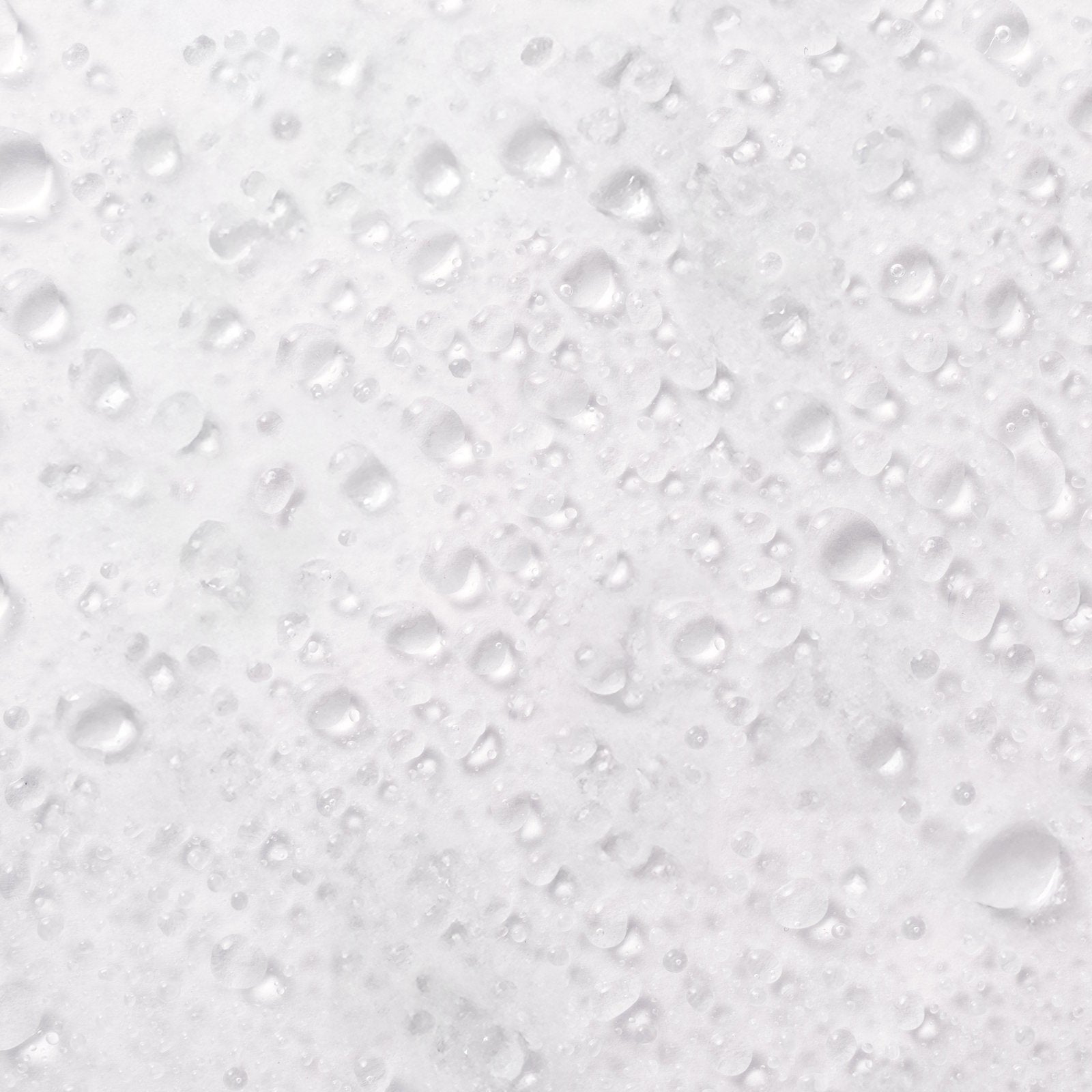

![Introducing AMPERNA® [DERMACARE] Haircare: For Scalp Comfort and Strong Hair](http://amperna.com/cdn/shop/articles/42_efd53385-7cf9-4b45-8e54-982415ee8fbc.jpg?crop=center&height=720&v=1761871871&width=1200)
